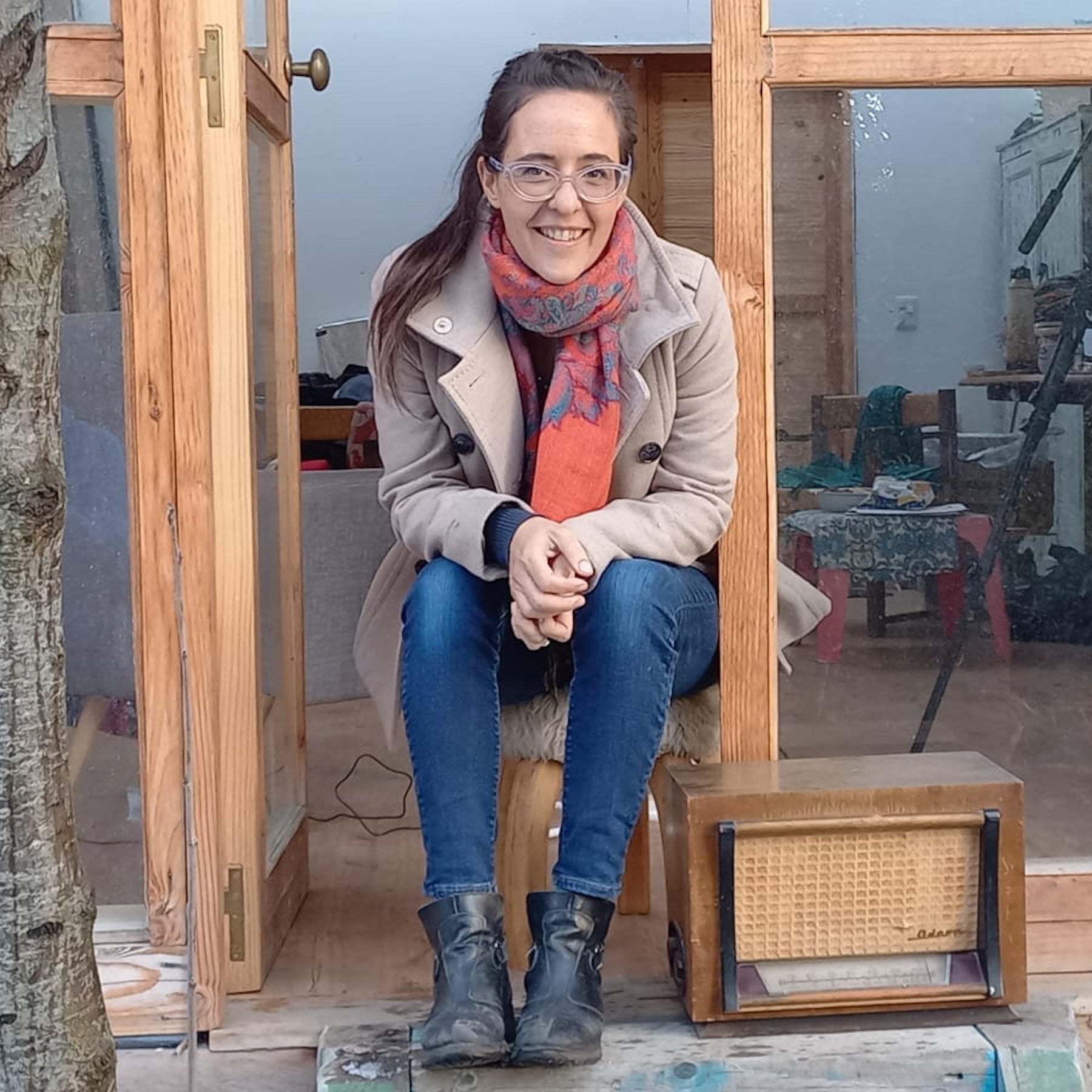Indigenous Territory and Displacement
in Guatemalan Genocide Survivor Testimonies

April 11, 2024 at 12:30 PM
Taper Hall, Room 309K
Join us in person or on Zoom
A public lecture by Pilar Pérez (Professor of History at the National University of Río Negro, Argentina)
2023-2024 Center Research Fellow
Organized by the USC Dornsife Center for Advanced Genocide Research
(Join us in person or online on Zoom)
Genocidal violence against Indigenous peoples continues to be silenced in multiple experiences in the Americas. The Guatemalan dictatorship, as a historical process, proposes a challenge to understand the place of racism in the execution of genocide. As scholars agree, within the context of state violence sustained for 36 continuous years, the genocide against the Mayan peoples represented a change of strategy of the perpetrator power (1980’s). To understand this strategy and its effects, Pilar Perez will analyze the place that territory occupies within the framework of the genocide.
The genocide in Guatemala operated on two fundamental practices: unprecedented violence against the Mayans and the displacement of entire populations. In the struggle between fixation and displacement a fresh territory and way of inhabiting is produced, intertwined by new power relations and under (i)legitimate ways of using it.
Comparative studies reveal that just as genocidal experiences share common characteristics, they also operate on the cultural particularities of each society. In the case of Indigenous peoples, territory is key to building community, knowledge, and belonging. From her research in the USC Shoah Foundation Visual History Archive (VHA), Professor Pérez will explore the perceptions about territory in the testimonies of the Guatemalan genocide survivors. What uses and practices were changed? What is its relation to a national territory? How are race and territory entangled? To provide some answers and ideas, she will consider the cultural, social, political and economic place that territory and space have when discussed in the interviews. The survivor testimonies held in the VHA are central to understanding the tears in the social fabric, to breaking down the silences imposed by injustice, and to weaving together the power relations assembled in the genocide.
 Pilar Pérez is Professor of History at the National University of Río Negro and Researcher at the National Scientific and Technical Research Council at the IIDYPCa, Bariloche. She has authored two books — Archivos del silencio. Estado, indígenas y violencia en Patagonia Central 1878-1941 (Prometeo Libros, 2016) and ¿Quién mata a Lucas Muñoz? Versiones sobre la vida, desaparicion y muerte de un policía rionegrino (Teseo, 2019). In addition, she has edited or coedited two other books, including the recently published El papel del archivo. Políticas e historias de la documentación pública y privada en Nor-Patagonia (2022), authored over a dozen book chapters, and authored or co-authored more than 25 journal articles.
Pilar Pérez is Professor of History at the National University of Río Negro and Researcher at the National Scientific and Technical Research Council at the IIDYPCa, Bariloche. She has authored two books — Archivos del silencio. Estado, indígenas y violencia en Patagonia Central 1878-1941 (Prometeo Libros, 2016) and ¿Quién mata a Lucas Muñoz? Versiones sobre la vida, desaparicion y muerte de un policía rionegrino (Teseo, 2019). In addition, she has edited or coedited two other books, including the recently published El papel del archivo. Políticas e historias de la documentación pública y privada en Nor-Patagonia (2022), authored over a dozen book chapters, and authored or co-authored more than 25 journal articles.
Her research has focused on the past and present of the Indigenous Mapuche people, the privatization of public land, and the campaigns by the military and security forces against Indigenous peoples in Patagonia, which Professor Perez has argued constitute genocide. Read more about her here and here.
Lecture image: An illustration by Jesús Tecú Osorio, survivor of the Río Negro Massacres, depicting the atrocities he witnessed. Two armed men in uniform order men, women, and children to stand against a tree. Courtesy of El Centro Histórico y Educativo “Riij Ib’ooy”. His testimony is part of the USC Shoah Foundation Visual History Archive.
Discover more about the Center’s events here
Sign up for the Center’s newsletter to be notified about upcoming events
Visit the Center’s YouTube channel to explore our video library of events (and subscribe!)